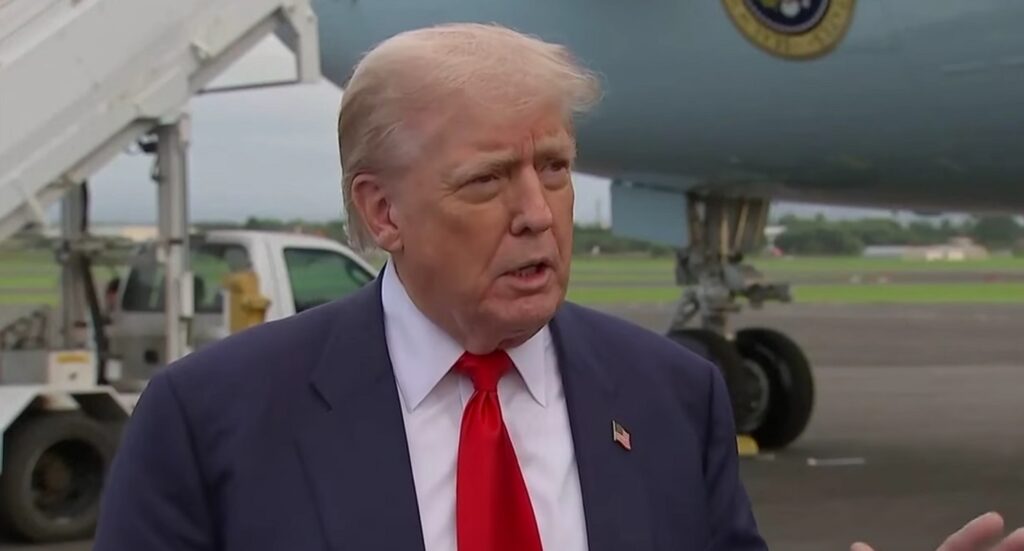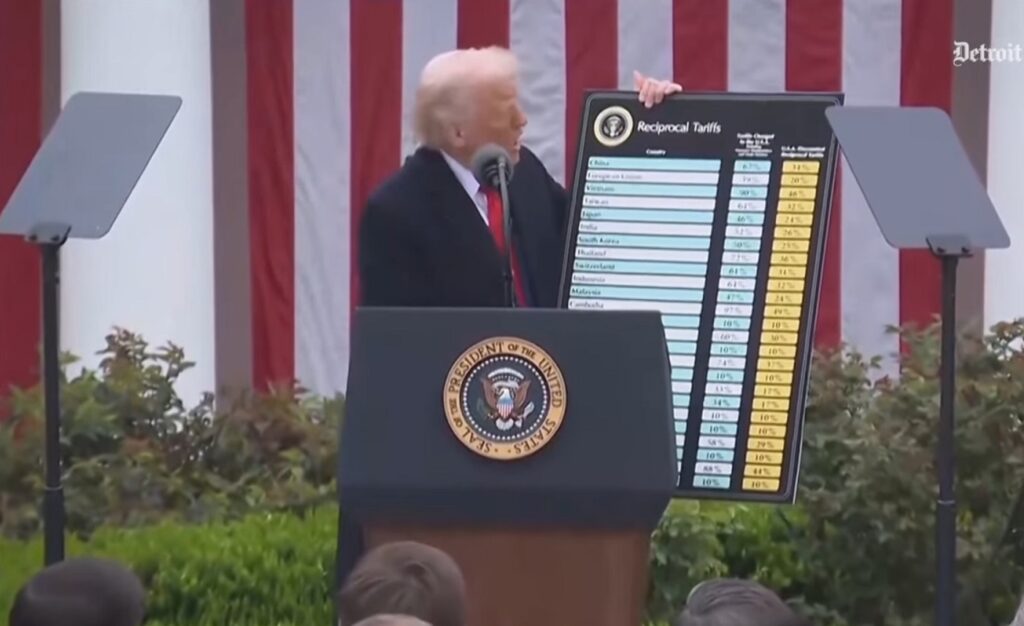
Trump’s New Tariff Offensive Reshapes Global Trade Landscape
In a dramatic move that marks a new chapter in the global trade war, U.S. President Donald Trump has signed an executive order adjusting so-called “reciprocal” tariffs on dozens of countries. The sweeping action introduces new levies ranging from 10% to 41%, shaking up international markets and triggering responses from allies and rivals alike.
The move, which Trump characterized as “long overdue,” has received widespread attention across global capitals — with leaders scrambling to understand the implications for their domestic industries and trade relations with the U.S.
India Hit With 25% Tariff, Faces Additional Penalties

One of the most significant developments is the imposition of a 25% tariff on Indian exports to the U.S., set to take effect August 1. In a fiery post on Truth Social, Trump accused India of maintaining “obnoxious non-monetary trade barriers” and relying too heavily on Russian arms and energy.
“India will therefore be paying a tariff of 25%, plus a penalty for the above, starting on August 1,” Trump said, citing India’s ongoing military and energy ties with Russia amid the war in Ukraine.
This latest action marks a sharp escalation in U.S.-India trade tensions, even as the two democracies claim to share strategic goals in the Indo-Pacific. Trump’s tariff rate was 1% lower than the 26% he had threatened earlier this year during his so-called “Liberation Day” address in April.
EU Sees a Silver Lining in 15% Cap
In contrast, the European Union emerged with a cautiously optimistic response. According to EU Trade Commissioner Maros Sefcovic, the U.S. tariff announcement reflects “the first results of the EU-U.S. deal,” referencing the 15% all-inclusive tariff cap agreed upon in July.
“This reinforces stability for businesses as well as trust in the transatlantic economy,” Sefcovic stated, highlighting the new competitive edge gained by EU exporters under the deal.
Despite tumultuous negotiations leading up to the agreement, the EU appears to be taking the outcome as a diplomatic win, at least in the short term.
Canada Slams 35% Tariffs as ‘Disappointing’
Canadian Prime Minister Mark Carney voiced strong disapproval after the U.S. imposed 35% tariffs on a range of Canadian goods. While products under the Canada-United States-Mexico Agreement (CUSMA) are exempt, key industries such as lumber, steel, aluminium, and autos are expected to take a heavy hit.
“We are disappointed, but remain focused on strengthening Canada,” said Carney, calling out the U.S. rationale that linked tariff hikes to cross-border drug flows.
The Canadian government has signaled that it will continue engaging in trade talks, though expectations for a quick resolution appear slim.
Mexico Granted 90-Day Tariff Reprieve
Mexico, meanwhile, managed to secure a 90-day delay on a planned 30% tariff hike, offering temporary relief. President Claudia Sheinbaum Pardo announced that this window will be used to attempt a broader trade agreement through continued negotiations with Washington.
“We avoided the increase of tariffs announced for tomorrow and we prevailed with 90 days to build a large-scale agreement based on dialogue,” Sheinbaum said.
Experts Warn of Rulebook ‘Torn Up’
Trade analysts are expressing alarm over the long-term consequences of the executive order. Former U.S. trade negotiator Wendy Cutler warned that the move “tears up the trade rule book” that has governed global commerce since World War II.
“Countries wishing to trade with the U.S. will now face dramatically higher tariffs that could be further increased at the whim of a president,” added Stephen Olson, senior fellow at the ISEAS-Yusof Ishak Institute.
The unpredictability of this tariff regime is likely to chill international business confidence, especially among smaller economies and export-driven sectors.
What’s Next?
With the executive order now in motion, the world is bracing for ripple effects across industries, from autos and tech to steel and agriculture. While some countries like the EU are trying to frame their outcomes as progress, others like India and Canada are openly reeling.
As Trump continues to wield tariffs as a cornerstone of his “America First” economic agenda, analysts agree on one thing: this is far from the end of the story.